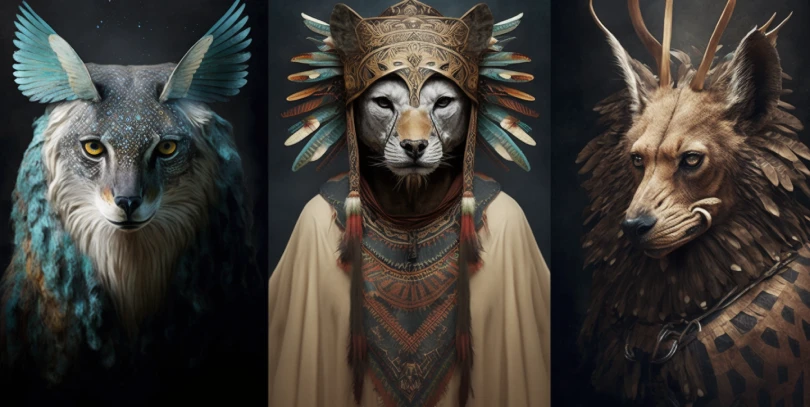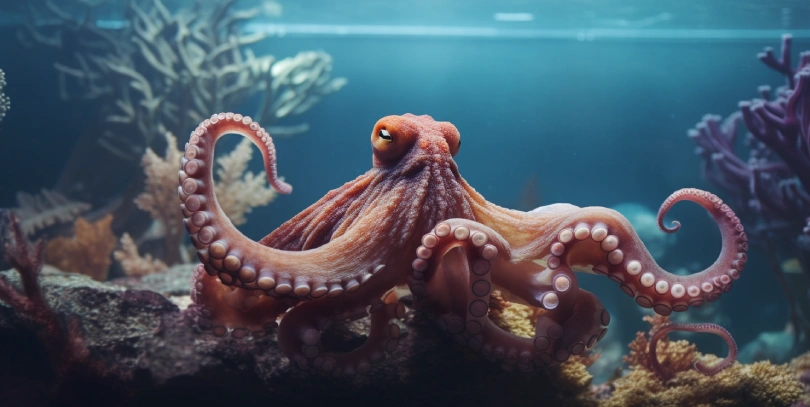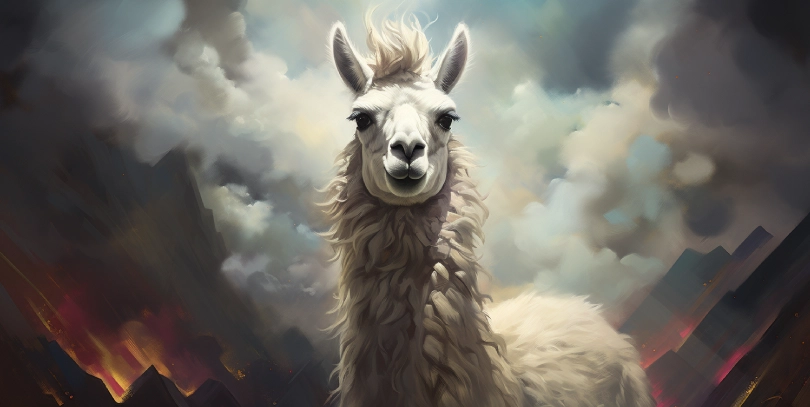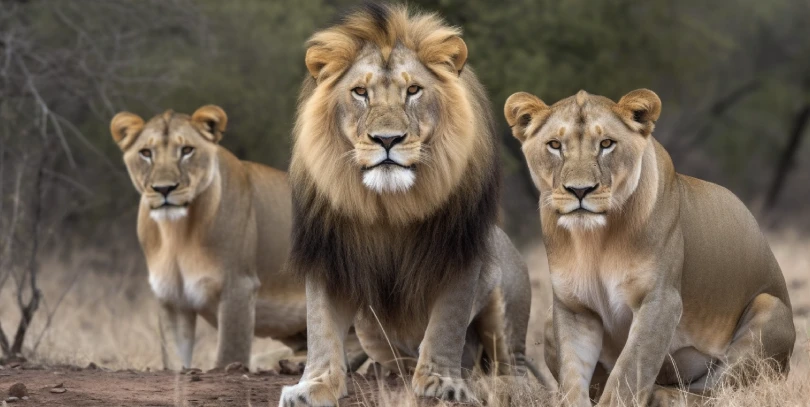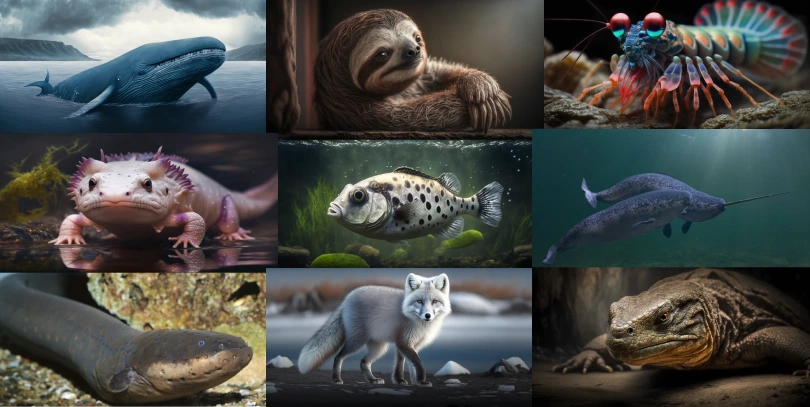The animal kingdom is full of strange and fascinating behaviors that often leave us in awe of the incredible diversity of life on Earth. From penguins proposing with pebbles to vampire bats sharing blood, animals have developed unique rituals and behaviors to navigate their environments and interact with each other.
- Adelie penguins propose with a pebble. These penguins search the beach for the perfect pebble to offer to their mate as a sign of their commitment.
- Bowerbirds build elaborate bowers. These birds construct complex structures out of twigs, leaves, and other materials to impress potential mates.
- Cuckoos lay their eggs in other birds’ nests. This allows them to avoid the responsibilities of parenting, but also means that their offspring must compete with the host bird’s chicks for food.
- Dolphins use pufferfish to get high. They will pass a pufferfish around, apparently enjoying the effects of the toxins released by the fish.
- Emperor penguins sing to their eggs. These penguins will vocalize to their unhatched chicks, allowing them to recognize their parents’ voices after hatching.
- Sloths only defecate once a week. Sloths have such a slow metabolism that it takes them up to a week to digest their food, and they will only leave their tree to use the bathroom once a week.
- Flamingos perform a group dance. This coordinated dance is thought to help the birds bond and synchronize their breeding.
- Grey whales rub their bodies against rocks. These whales will roll in shallow water to scratch their skin against rocks, possibly as a form of self-care.
- Bonobos use sex to diffuse conflict. These primates will engage in sexual activities with each other to reduce tension and resolve conflicts within their group.
- Humpback whales sing complex songs. These songs can last for hours and are thought to be a form of communication or mating display.
- Opossums “play dead” when threatened. This defense mechanism involves the opossum fainting and emitting a foul odor to deter predators.
- Elephants mourn their dead. Elephants have been observed staying with the bodies of their dead for days, possibly in mourning and showing signs of grief.
- Bolas spiders use chemical mimicry to catch prey. These spiders release a pheromone that mimics the scent of female moths to lure and catch their prey.
- African wild dogs vote on when to hunt. These dogs will start sneezing to signal that they are ready to hunt, and the pack will only begin the hunt once a certain number of dogs have sneezed.
- Green sea turtles use “cleaning stations.” These turtles will visit certain areas where smaller fish will eat parasites and algae off of their shells, effectively giving them a spa treatment.
- Leafcutter ants use “gardens.” These ants will cultivate gardens of fungus within their colonies, which they then use as a food source.
- Red kangaroos lick their forearms to cool down. These marsupials will lick their forearms and then hold them up to the breeze to take advantage of evaporative cooling.
- Naked mole rats are eusocial. These rodents live in large colonies with a queen and specialized roles for different members of the colony.
- Spotted hyenas have a unique social structure. Females are dominant over males, and males are typically born into their mother’s clan.
- Black-capped chickadees use language. These birds have specific vocalizations that indicate the presence of predators, allowing them to warn others in their flock.
- Honeybees dance to communicate. These bees will perform specific dances to indicate the location of a food source to other members of their colony.
- Galapagos marine iguanas expel salt. These iguanas have a gland near their nostrils that allows them to expel excess salt from their bodies, helping them to survive in their salty environment.
- Giant anteaters have a unique tongue. These anteaters can extend their tongue up to two feet long to reach deep into ant hills and termite mounds.
- Male red-crowned cranes dance. These birds will perform an elaborate dance during courtship, featuring jumping, bowing, and even tossing small objects into the air.
- Whiptail lizards are all female. These lizards reproduce via parthenogenesis, meaning they can reproduce without a male, but will only produce female offspring.
- Fireflies synchronize their flashing. Some species of fireflies will flash their lights in unison, possibly as a mating display or to deter predators.
- Herring gulls use tools. These birds will use rocks to crack open the shells of clams and other shellfish, showing impressive problem-solving skills.
- Male giraffes fight with their necks. These battles can be fierce, with the victor asserting dominance over the other males.
- Male peacocks display their feathers. These birds will fan out their impressive tails to attract a mate.
- Octopuses throw objects. In captivity, octopuses have been observed throwing objects, possibly as a form of play or to test their environment.
- Otters hold hands while sleeping. This helps them stay together in rough water and provides a sense of security.
- Prairie dogs have a “jump-yip” dance. This behavior is thought to help the animals communicate danger to others in their colony.
- Red-sided garter snakes form mating balls. During mating season, these snakes will form a ball of up to hundreds of individuals, all vying for the attention of the female in the center.
- Sea otters use rocks as tools. These animals will use rocks to crack open the shells of their prey, showing impressive problem-solving skills.
- Squirrels flick their tails. This behavior is thought to help them communicate with other squirrels and possibly to deter predators.
- Vampire bats share blood with each other. These bats will regurgitate blood to feed other members of their colony who were unable to find food that night.
- Wildebeest have a “pronking” behavior. During mating season, these antelopes will jump and run in a showy display of their fitness and vigor.
The animal kingdom is full of surprises, and these 37 strange animal rituals are just the tip of the iceberg when it comes to the fascinating behaviors that animals exhibit. Studying and understanding these behaviors can give us valuable insights into the natural world and the incredible creatures that inhabit it.
Sources:
